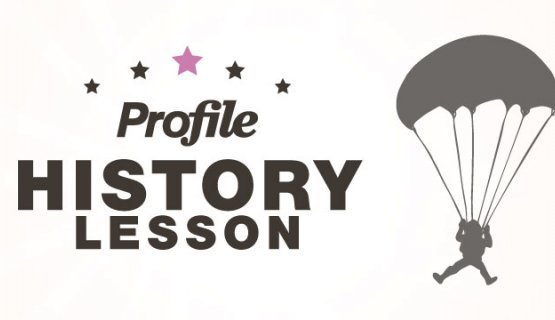Felix Baumgartner’s space jump yielded close to 100 million euros in exposure for the brand.
---
Just before Felix Baumgartner leapt out of the balloon in his special suit in an attempt to break the sound barrier, Gawker, the media and celebrity blog famous for its ironic style, ran a story under the headline, “Red Bull to Murder Innocent Man in Heartless Marketing Stunt.” Twenty minutes later, the story was updated, “Felix Baumgartner has survived.” The headline captures what could have been Red Bull’s worst nightmare, but also reveals the rewards of risk-taking.
For a company that promises wings for people who imbibe its energy drink, the demise of Baumgartner would have been devastating.
It was not your regular sponsorship deal where a sponsor slaps a sticker on a car or an athlete’s sweater, and then, if a scandal breaks out, quietly slips two steps back. Red Bull financed the scientific team, including former NASA engineers, skydiving experts and other experts in the aerospace industry, and worked years to get Felix to 39 kilometers and back down safely. Red Bull was in charge of the project from start to finish, or shall we say, to risk-taking success!
According to Giles Fraser, co-founder of Brands2Life, one of Europe’s leading PR and digital agencies, few companies would have dared to risk so much on an event that “could have gone very wrong.”
“Had the jump been unsuccessful, for any reason, I have no doubt the amount of exposure and return would have been similar but not necessarily positive,” said Ilsa Grabe, Business Unit Head at Carat, commenting on the Baumgartner jump in Advantage Magazine.
Instead, Red Bull saw the jump broadcast on more than 40 networks across 50 countries with eight million people watching it live on YouTube and sending over three million tweets about it. According to media agency Carat, the ten-minute jump has been calculated to yield almost 100 million euros in return in exposure for the brand.
Sponsorship is Always a Gamble
No company wants to be associated with suspicious behavior or a lack of rectitude, whether it’s a philandering spokesperson like Tiger Woods (Gatorade, AT&T), an exposed drug user like Lance Armstrong (Nike), or a famous football player charged with murder like O.J. Simpson (Hertz).
Sponsorship is always about standing behind something, a sports team, art project or an athlete that burnishes the company’s brand. But how, for example, do people who don’t like the team the company sponsors react? Will they also boycott the sponsor’s products? Some do. In the early 1990s, I conducted a study among the members of fan clubs of two Helsinki ice hockey teams on their attitudes on beer brands: members of each group said they boycotted the brand that sponsored the other team.
That pales, however, in comparison to sponsoring a cold front that kills 100 people across Europe. That is just what happened to BMW in Germany when its ad agency spent a mere 300 euros to buy the name of the third cold front of the year in one of marketing’s great mishaps. “Cooper” (named after the Mini Cooper) turned out to be one the most vicious cold fronts to sweep across the continent in 100 years.
Surely everyone understood that BMW wasn’t responsible for the deaths in Ukraine, Poland and Serbia. That is what Jon Christoph Berndt, Managing Director of Munich branding consulting firm Brandamazing, thinks. He called it a clever marketing ploy, especially since it cost so little.
“People are so inundated with marketing messages, it’s increasingly difficult to connect them to a brand in a new and creative way,” he said.
“His blood could boil. His lungs could over inflate. The vessels in his brain could burst. His eyes could hemorrhage,” the Associated Press wrote about the Baumgartner jump.
That is what it felt like for the Red Bull marketing people watching it as well. But Red Bull’s thorough preparations for Baumgartner’s jump and willing risk-taking paid off.
Getting out on that limb Will Rogers mentioned is often just what it takes to be a success.
PROFILE MAGAZINE 1/2013 page 27
TEXT: RISTO PAKARINEN













